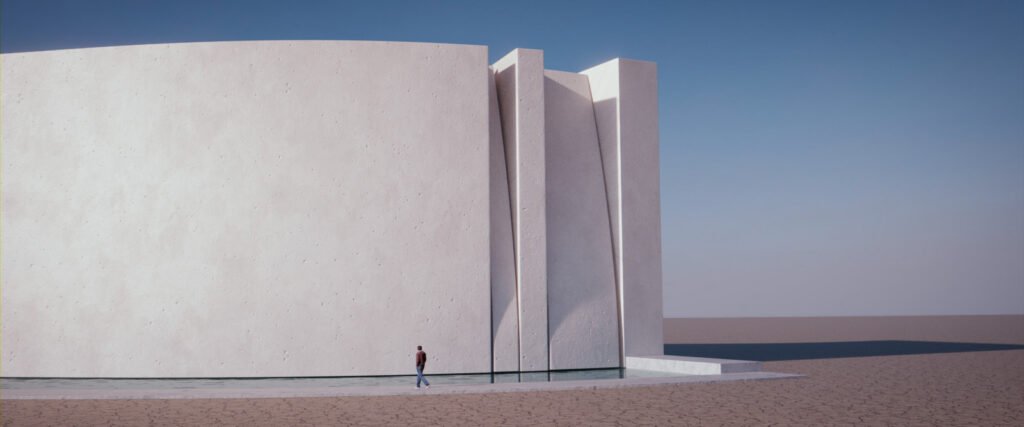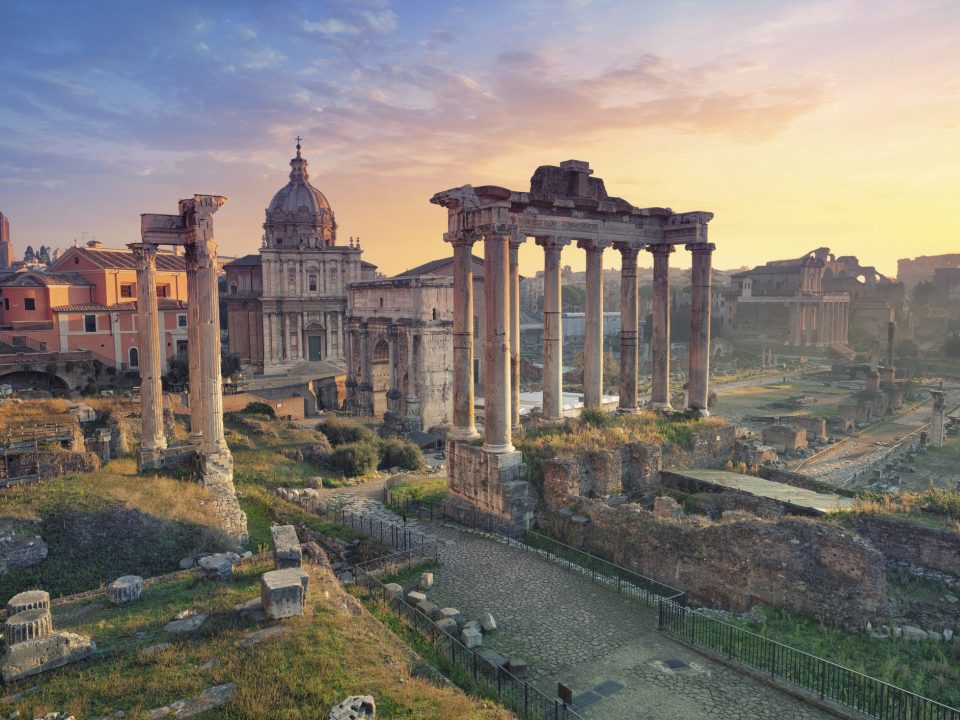We, as Architects, have a special love and understanding of architecture and design when compared to any regular person. We all may have various reasons for why we chose the field. But we all stay for the common love that is Architecture. While it is completely understandable that we study and appreciate the functions of a building from the inside out, why is the general idea of Architecture and design so appealing to the masses?
Table of Contents
Introduction
Architecture, in addition to providing shelter, serves as a stage, set, and background for our existence. When a person steps into a structure that is enormous and beautiful, the unexposed mind loves the concept of Architecture and design. The idea of creating something out of nothing, visualizing, and making your imagination into reality is somewhat godly.
Look above and around you if you’ve ever wondered why architecture is so essential. It is most certainly surrounding you right now.
They may even want to pursue it as a career, but the ones who have studied and gone through the entire process have a different outlook towards the entire field. In the movie Namesake, the protagonist’s son travels to India, visits the Taj Mahal, and decides to pursue architecture as a career. Is it the best way of choosing to get into the field?
Is it naive or brilliant?
Why is it so?
Travel also plays a major role in the attraction
When a person makes plans to visit a city more often than not, the tour will include a historical landmark which is usually a building with ancient architecture and visual aesthetics. People correlate their city’s history with the Architecture and design of the time. It is the direct correlation between the social and economic conditions of a specific time in history.
Very rarely does the photograph of a place relate to the real-life experience. This is one of the major reasons why people travel and why Architecture will always be an integral part of any travelers’ experience. Architecture, unlike other creative and artistic professions, must constantly represent the era and cultural environment in which it was created. Spend some time examining how architecture reflects culture, and you’ll get the impression that it’s more of a worldview, a lens through which to interpret everything around you.

In any movie, the beginning sequence features the architecture of the city. This gives the audience an idea as to where the movie is set in. The city’s architecture and design also give an idea of the time period in which the movie plot is arranged.
Like me, many people aspire to visit a certain destination and tour its museums and rich cultural history. Be it the Eiffel Tower in Paris, Saint Peter’s Basilica in The Vatican, the Colosseum in Rome, or the Buckingham Palace in London. Everyone’s got an architectural destination in mind that they want their trip to revolve around. Very rarely do you find any destination with no interesting architecture to offer?
When a commoner visits places of foreboding magnanimity, they often undergo a humbling experience in such structures. A standing testament to the human mind’s ability. They marvel at the creations of the civilizations before them and a sense of pride washes over. The idea that one can create such structures in one’s lifetime is one of the main reasons why many choose Architecture as their career option.
The grandeur and magnanimity in Architecture is intimidating
Right from the entrance, the instant that a person walks into a structure, everything, from the walls to the ceiling, has an impact on the person’s perception of the structure. Psychology in human behavior suggests a high ceiling may invoke feelings of intimidation. The color palette used in the structure sets the tone for the space, whether you consciously perceive it or not. Usually, open and empty spaces are avoided in a home design as we associate small confines to be cozy.
Our brains aren’t hardwired to like being in open-ended spaces. Tricky is the field of Architecture psychology. One of the main reasons our ancestors moved into caves is for a secure atmosphere. We then began settling down in clusters to protect the circle from harsh natural determinants. Like the ripple effect, every single factor responsible for taking care of the clan was a conscious decision that has brought us to the civilization that we are today.
One of the main reasons why brutalist architecture is so unpopular among modern Architecture is because of the lack of visual appeal, making it feel the opposite of cozy and comforting. On the contrary, brutalism is quite the opposite consisting of foreboding structures which emphasize the services as a metaphorical way of expressing reality via Architecture and design.
Architects collaborate with dozens, if not hundreds or thousands, of people to form their structures, and along this chain, a deeper and richer set of values is conveyed; values that determine exactly how cultures view themselves and their surroundings, as well as how individuals see and feel each other. Psychology in human behavior is deep-rooted in Architecture and design.
Recent studies have suggested that special brain cells located in the hippocampal region of our brains are wired to the geometry and arrangement of spaces that we live in.
The significance of urban design extends well beyond pleasant aesthetics. Several studies have found that growing up in a city doubles one’s odds of acquiring schizophrenia and increases one’s risk of having other mental diseases such as depression and chronic anxiety.
They’re the product of distinctive assemblages of cultural values, available resources, economy, geographic location, and climate.
Each time architecture gives a critique that recommends new ways to live, work, or play, it becomes a world-building marvel that is difficult to separate from science fiction.
As an example, consider ancient Egypt. Examine the pyramids and the Sphinx to get a sense of how their rulers, religion, and the characteristics of the region from which they got their building materials were seen. The towering feats of the delicate, narrative stone structure that comprised Gothic Architecture and design, which arose in Europe over the Middle Ages, were a stark contrast to its age of devotion verging on the terror of God, which occurred amid a period of bleak instability.
The Industrial Revolution, which structured the world in line with the logical principles of machine production, gave rise to Modernism, which used mass-produced steel and glass to replicate this rising order in cities. All revolutions, particularly political revolutions, immediately turn to architecture to create their most prominent monuments. And whether the structure is an extravagant display or a basic mainstay, architecture and design have a propensity to reveal their age.
Modern architecture is on the rise today because many people want the peace and calm that they lack in the world outside within their homes. The lack of or minimal ornamentation with clean lines represents a relaxed state of mind and is essential to everyday living. Ludwig’s saying “Less is more” has started resonating with more and more people nowadays and is reflected in modern visual aesthetics. This extends to their life choices as well. From clothing to accessorizing their home, minimalism is in the boom.

Modern architecture stresses the structure and materials used in the building rather than covering them up with ornate designs. As a direct consequence, most modern designs encompass elements of wood, steel, and glass to exemplify these industrial structural materials.
We tend to spend the majority of our daily living inside our homes. Here is where we are surrounded by the walls and ceiling of our house which are of various forms and colors. The lighting, furniture, and environment outside the house also have a deep impact on our psychology. A new and emerging field in the Architecture and design spectrum is architectural psychology which deals with how certain elements of architecture have an impact on human lives on a daily basis. It interacts with the feelings and behavior patterns of humans around a certain element and documents the dos and don’ts for easy planning and designing of various building functions.
We as humans approach a certain space with all our senses playing a vital role. Architectural psychology deals with the conscious and subconscious elements that we pick up in a particular structure. Elements such as light, color, materials, construction, temperature, height, landscaping, air conditioning, etc. all have positive and negative connotations for our well-being and overall health.
It is important to remember that humans have a holistic perception: our senses influence our thoughts, feelings, and actions, and thus our entire body. When our senses are positively stimulated, we can feel either energized or calmed. As a result, spaces can influence our thinking and action patterns, promoting motivation, readiness to act, and strengthening performance or concentration. When we are uncomfortable in our surroundings, we may experience restlessness or discomfort, hypersensitivity, lethargy, or even anxiety.
Another interesting element of architectural psychology would be the reference subconscious preference of the human mind off calls over rectilinear structures. Architectural psychology suggests we prefer curves over rectilinear forms as they signal a lack of threat. There are a lot of tiny nooks and crannies in a rectilinear structure that has less light in them and which may trigger a subconscious fear. On the contrary, curvilinear structures do not have certain definitive corners which compel our minds to function in the opposite way.











